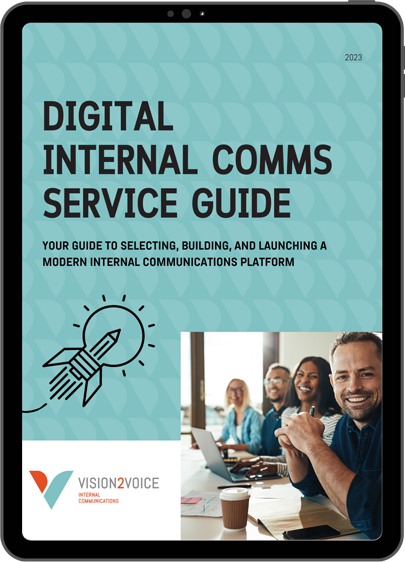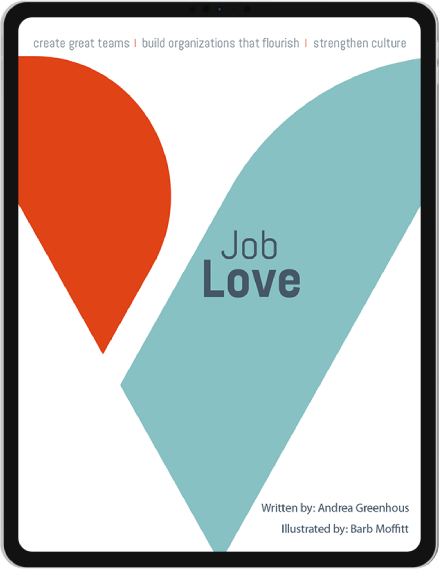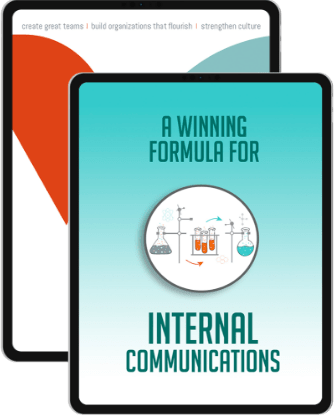Why You Need an Employee Communications Strategy
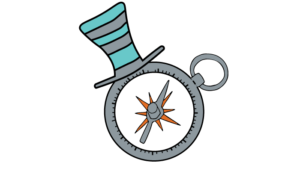
Alice (in Wonderland) and the Cheshire Cat:
Alice: Would you tell me, please, which way I ought to go from here?
The Cat: That depends on where you want to get to.
Alice: I don’t much care where.
The Cat: Then it doesn’t much matter which way you go.
Alice: …so long as I get somewhere.
The Cat: Oh, you’re sure to do that, if only you walk long enough.
Does your organization have an employee communication strategy or are you wandering aimlessly in Wonderland hoping to get somewhere?
Keeping employees informed, involved and inspired doesn’t happen by chance. You need an employee communication strategy to focus your energy and guide your effort.
A Blueprint for Success
You wouldn’t build a house without a plan, so why communicate with your employees without taking the time to develop a strategy? A strategy is a blueprint for success. It that pulls together all of the essential thinking needed to get results. Is developed through research and analysis that produces important insight — insight necessary to developing communications that will inform, involve and inspire employees.
The Building Blocks of a Strategy
- Assessment and audit – understand where you are
- Goals and objectives – map out where you want to go and how employee communications will support your company’s vision for the future
- Audience – identify the various groups of employees in your organization and what matters to them (I like using employee personas for this)
- Content and messages – determine what information you need to share with employees and the types of conversations and feedback you want to get
- Measurement – decide how you are going to measure results
Over the next few weeks, I will be exploring each of these building blocks to help you better understand how the elements in a strategy fit together to provide a roadmap for success!
p.s.! You might have noticed that I haven’t even mentioned HOW you are going to communicate with employees. Deciding what communication channels to use (town halls, email, employee intranet sites, social networks, or blogs) comes after the strategy is complete. I like to develop a plan that links back to the strategy and I include detailed activities, timelines, budgets and the resources required to put the plan into action!
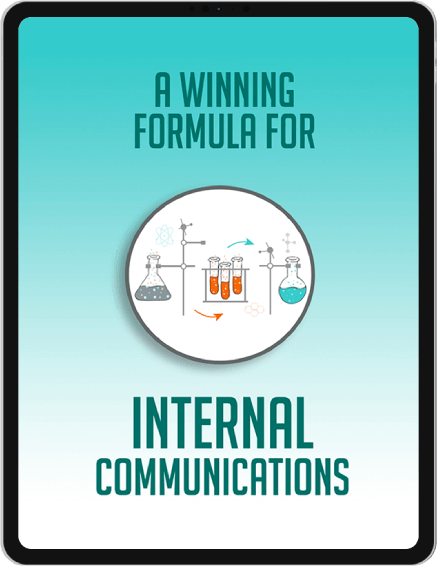
A Winning Formula for Internal Communications
Read The Free eBook
Our eBook shares our unique formula for building business culture and driving success. Find out the 3 key factors in attracting, inspiring and retaining high-calibre talent. Get your free copy when you subscribe to our newsletter. Be the first to know about new blog posts and stay up to date with industry news.
Download the ebook


